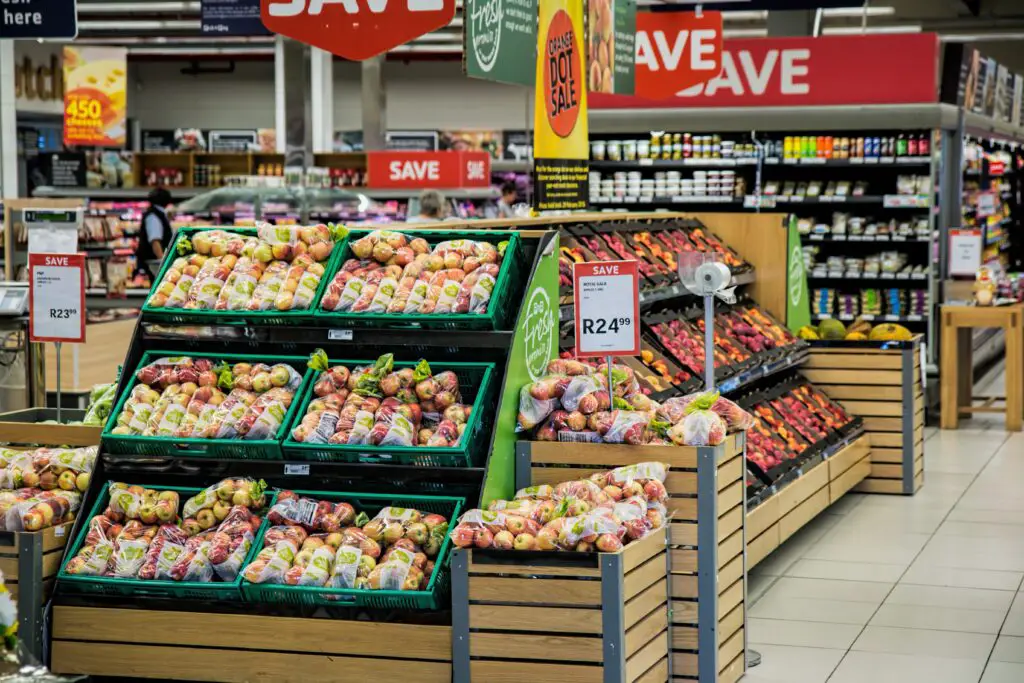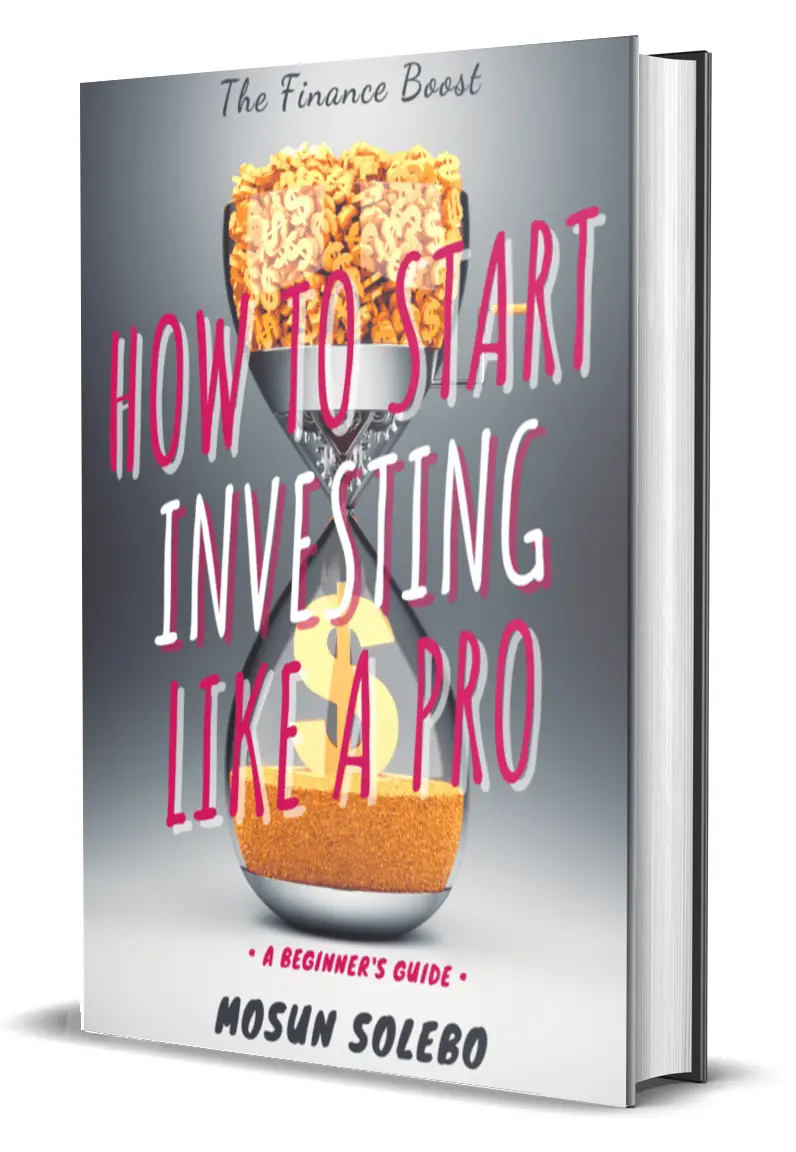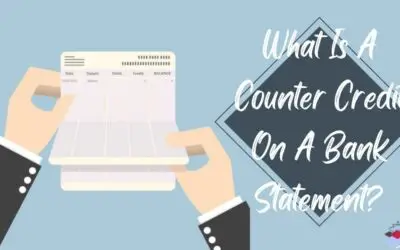How much should I budget for food is the question one should ask when creating a monthly food or grocery budget. Whether daily, weekly, or monthly, you can’t ignore that part!
Food is essential and one of our basic needs to survive. Most of the time, people don’t realize how much food expenses are busting their budget.
If you can control how much you’re spending on groceries, and foods in general, then you’ll have an opportunity to set some cash aside.
This will free up some extra money you can use to pay your debts or start saving for your retirement fund.
Maybe you’ve down the content rabbit hole for a while now; well, congratulations for getting here at TheFinanceBoost! You’re very much welcome here, and take as much of your time.
If you have zero, as in nada, idea on how to start food budgeting, we’ll show you how to start thinking about that budgeting part.
So, roll up your sleeves; we will make the most of your time here and by the end of this article, you’ll learn more than a thing or two. Plus, I’m sure you’ll keep coming back for more.
Let’s get started, shall we?
Related reads: Household Budget Worksheet- 7 Realistic, Simple, Easy Ways to Budget.
Stop Letting Food Eat Up Your Budget

You may not be aware of it, but food can be one of your budget’s most expensive items. The good news is, this is a category that you can learn and master to cut back!
However, there is no one-size-fits-all to this type of budgeting plan. Each one of us differs in lifestyle, consumption, cultural background, etc.
A food budget for a single person is much different from a household of four. Even more, to a family with six mouths to feed.
Therefore, food budgeting should be a personalized thing to do because whatever tips and tricks you might find anywhere may hardly apply to your unique current situation.
But, you can pick up a few guidelines to help you decide how to budget for food.
For instance, the U.S. Department of Agriculture or USDA creates the official recommendations for household food spending called the USDA Food Plans. It updates every month with weekly and monthly budget recommendations that depend on the age and sex of each household member.
The USDA Food Plans: Cost of Food at Home at Four Levels
The USDA Food Plan is broken down into four categories: Thrifty, Low-Cost, Moderate-Cost, and Liberal. USDA developed these plans as a guideline for what a nutritious diet looks like at different budget levels.
You can use the USDA Food Plans and Cost of Food Reports to give you a general idea of what individuals and families should be spending each week or month.
For example, in the latest report published by USDA as of March 2021, On the Thrifty plan, an individual between 19-50 years old will spend $172-$194 per month on groceries. In comparison, a family of four (as defined by USDA as two adults- one male and one female- and two children) will spend $588 per month.
You can see more of these at the USDA official website. However, there are limitations to these plans as there is really no established standard for an individual household’s needs and food consumption.
These plans don’t include various factors such as individual dietary restrictions or health needs, such as if one family member is vegan. But, you can still use the information presented to help you while modifying it according to your actual needs.
A Little Planning Goes a Long Way

So, how do you actually start saving money on food/groceries? The very first step is PLANNING. If you will use the USDA Food Plan as a guide, it’s essential to look back at your previous food spending and compare it to the present.
From there, see how you can improve and pinpoint every minute details to see which particular food meals or group you want to cut back and let your budget breathe.
In 2019, Americans spent an average of 10% of their disposable income on food– divided by half on food at home and another half for food to go. Moreover, renowned personal finance guru Dave Ramsey, recommends 10-15% of take-home pay on food, which should both include groceries and eating out.
But, seriously, we all know how most people spend beyond that!
So, if you’re spending around 10% of your income on food, you’re still in good faith, especially if you’re using the 50-30-20 budget rule. You can include that 10% to the 50% allocation for needs since food is an obvious need; it’s doable and you can divide the rest to your other non-negotiable essentials.
15 Ways To Save Money on Food Budget

Indeed, food can be the most expensive part of your household budget, but it is also the easiest to save some cash from. Here’s a realistic approach to budget for your food.
1. Take an inventory of what you have.
Go over your pantry and freezers. What do you have in there? Sometimes we forget that we still have enough mayonnaise stocks, yet we grab one at the grocery stores. See what you have versus what you don’t have.
That way, you won’t have too many “extras” that might go to waste when unused. Some people refill stocks when 3/4 parts are empty, others refill immediately when the cups are half-empty.
Always check in what you have so that you won’t go over budget at grocery shopping, which leads me to the next tip.
2. Meal plan around your inventory.
Now that you know what’s missing and what items should be restocked plan your meal around your current inventory. Try to make food out of what you have or figure out a way to make food from it and then only buying what’s needed to add.
The goal is not to throw foods away, as wasting foods is the same as wasting your money.
3. Create a grocery list based on your meal plan and stick into it.
Whether through pen and paper or digital notes, you can never go wrong with having a grocery list plus sticking into it. Remember only to buy what’s on the list and taking mental notes is not enough.
Follow through your list and go over it. I know this can be not easy most of the time, but it takes practice. Soon, you’ll learn how to create a grocery list based entirely on your meal plan without feeling guilty or overspending.
Right now, get used to bringing with you a list whenever you shop.
Read more: 32 Realistic Ways to Save Money Very Easily Without Giving up Too Much.
4. Couponing.
Clipping coupons is not dead; besides, you can even find one out of thousands of coupons, vouchers, discount codes, and loyalty cards online! Using coupons can save money on food at an increment amount.
Moreover, if you patronized a particular local grocery shop near your area, don’t second thought about joining any loyalty card programs they’re offering. Often, these initiatives offer great perks for grocery shoppers and some huge savings best deals.
5. Change where you shop.
Where you shop matters. If you can, navigate around your neighborhood and nearby places to see nearest grocery or shopping stalls you can check out.
Most of the time, it also depends on your “bias” local store. If you think you love the members-only perks, it makes sense to go over at Costco. If you like daily low-cost and saving deals, Walmart may be your go-to place.
Ultimately, changing where you shop can save you an amazing handful amount of money.
6. Avoid eating out.
Well, this may be so much easier said than done, but the truth is, eating out is way too expensive.
If you can learn how to cook your favorite meal at home, you’ll find it so much gratifying and satisfactory; after all, isn’t it something when you cook your own food?
The average Americans spend $250 on eating out for a month. Imagine where you could park that $250 elsewhere. Besides, eating out is costly because you’re not only paying for the food that someone else cook for you.
You are also paying for the fancy dining, the customer service, and the tipping gesture. Therefore, find some time to cook on your own at home. It’s cheaper, easier, and you can create meaningful and beautiful moments with people you love.
Isn’t it the best way to a man’s heart is through his stomach? So, I say, go cook at home! Pin that DIY recipe on Pinterest and explore your kitchen.
7. Buy in bulk (but not always).
Now, this may not apply to all. Buying in bulk makes sense if you’re more than two or three in the household. But if you’re a single individual, skip this part, fellas.
When buying a large amount of anything, its retail price lowers. Thus, the more you buy, the less each unit costs you, not to mention the store’s offering of bulk or wholesale discounts.
However, there’s a slight caveat in here, my friend. First, is you might be paying more for more than what you need. Most significantly for food, buying in bulk is not always cheaper if the food expires before you can eat it! Remember, we don’t want to throw food away.
You don’t want to buy in bulk just to end up with the “bulk” of it in the bin. Ensure to purchasing things you know you or your family will eat.
Some of the things you can buy in bulk are cereal, canned goods, rice, toiletries, etc.
Second is the over consumption. Now that you have an abundant amount, you might trigger yourself to max it out or used it up more because you have an adequate supply. Would you do the same if you knew you just have enough?
Lastly is the storage and clutter. Buying in bulk can also take so much space on your shelf resulting in purchasing a larger space or an increase in electricity usage.
Therefore, large households are the one who will ultimately benefit from bulk buying because of the eventual use and of course, depending on the number of household members plus what kind of items you are buying.
8. Bring Your Own Lunch.
Also known as B.Y.O.L (Bring Your Own Lunch), doing this can save you $2,000 to $4,200 or more for an entire year. Besides, it’s like bringing a little piece of home at work.
It’s not just making room for your budget because it’s one way of going green. If you’re a health-conscious individual, bringing your own lunch or snack at work will help you prepare healthier food that you can eat.
Although it may be time-consuming, think about the economic and health benefits it brings in the long run. So go ahead and wear that apron, prepare your meals, and get creative in your B.Y.O.L
9. Water is all you need.
Stop buying drinks; water is all you need. Well, this is true. However, many of us choose to indulge ourselves in fancy beverages and such.
I am not telling you not to buy your favorite drinks or stop drinking coffee. Occasionally, there’s no harm in treating yourself with your hard-earned money. It’s just that, if you’re in a budgetary mode, for now, think twice.
Just try to take it in moderately. Better yet, think of some ways you can free this indulgence up.
10. Don’t let impulse buying get the best of you.
Most of the time, our very own emotions can have a significant impact on our decision-making process.
And, if you failed to manage or control it, like a wildfire, it will spread and get the best of you.
The same way you make decisions in your financial well-being, you shouldn’t let yourself get swayed easily. Those 3-day sale sounds excellent and all, but you must know your priorities.
It takes a lot of self-control and discipline to resist impulse buying. For instance, you can start with not buying anything when you feel hungry. Assuming that you still have eatables in the pantry, make the most of what’s left.
Usually, when you’re hungry, you’re prone to impulse buying. So, hit the groceries when you are full so that you can also avoid overspending your budget. Stick to the list!
11. Leave your CC at home.
CC stands for credit card. When you’re out shopping or doing groceries, intentionally leave your credit cards behind. Bring only enough or the estimated cash amount you’ll spend.
Not only you’ll avoid credit card debts, but you also pass dipping into your savings.
I know it sounds easier said than done, but you’ll see amazing results in the long run and do yourself a favor when you get used to this financial discipline.
If you’re having a hard time sticking to the list and would rather swipe it up, well, don’t get too discouraged.
The brick-and-mortar retail store is designed just like that! Significantly, the grocery aisles and corners- sometimes you’ll get lost, but know that these items are strategically located so that you as a shopper or a customer will wander off for long in the store.
That is why it’s one thing that you know your local grocery store as where you shop does matter.
Tip: Avoid looking at Point-of-Sale items near the cashier or payment stall. Unless you need to buy those batteries and flashlights for a quick emergency get up, go ahead. But if not, you can add those bubble gums or charcoal toothbrushes to the cart later.
12. Check out cheap stores or generic brands.
Private label brands or store brands are a cheaper alternative that can provide a lower cost for your grocery budget.
Despite the negative connotation, it carries many moons ago, store brands now make up 21% of consumer packaged goods at U.S. retailers. Even big retailers like Costco and Target have their own store brands!
Some of the items you can buy are milk, sugar, spices, and other produce. Besides, whether name brand or not, they function and taste the same anyway.
Whether which tastes better comes down to personal preference. But, know that opting for generic brands will likely impact your budget. Simply grab that generic brands on the shelf and go! It’s that easy. You’ll see tremendous savings after a while.
Bonus tip: Store brands may not save you money every time. If you are couponing for name brands, sometimes the price is lower, even less than the generic store brands.
That’s why you must plan your budget-friendly meal carefully and know that it may not always be cheaper to go for store brands. But it can drastically help your budget.
13. Make a Food Budget.
The most obvious way you can save on food is by making a food budget. You can also plan ahead of time or during grocery sales. Remember, it’s better that you exactly know what you have in mind so that you won’t get lost in the grocery store.
Practice also the #zerofoodwaste mentality. One thing you can do is freezing or reheating food. Food waste is like money letting go in the bin.
Allocate a percentage of food spending amount within your non-negotiable or essentials. Try not to go beyond that limit while enjoying healthy and nutritious meals.
Know that you can still be healthy and eat good foods while taking care of your finances.
14. Order online.
Another way you can save is by ordering food online. Aside from the convenience it offers, you can already see the price, and so you can freely decide whether to buy it or not and allocate a specific amount to spend.
Ensure to account for the delivery fees plus tip and any other charges.
Indeed, ordering food online saves you not only money but also time and energy. Plus, you can apply that coupon codes and vouchers, not to mention some great deals along the way!
15. Seasonal shopping
When we talked about seasonal shopping, it as simple as selecting a schedule for your grocery shopping. Pick less busy hours and know what season you are in life.
There will be days when food will take up more than half of your budget. Other times you might neglect it.
Knowing what your life looks like, your budget must also reflect that.
Is it possible to spend around $150 on food?
Yes! It is doable. Most significantly, for college students and single individuals, a $150 weekly food budget is plausible. If you adopt one tip or two from the above, you’ll find yourself surviving on a $150 budget.
Related: How to Maximize Money on Low Income- Top 4 Essentials.
Can you eat healthy on a cheap budget?
Of course, you can! Some of the ingredients you need for making delicious healthy meals might already on your fridge or planted in your backyard.
Moreover, you can always check out the glorious internet for making such meals at home. It’s easy, and can be a fun activity with your kids or significant other.
What if I don’t have time to cook?
Believe me when I say, YES, You can have the time! Make it! But of course, I am not restricting you or anything like that. Whatever feels comfortable to you, plus how you want to spend your money, is all at your judgment call.
Besides, if it’s crucial to you, you will make the time. Therefore, you can learn and take the time to reflect on your food budget and cook like a chef! I genuinely believe in you! You can do it!
Final thoughts

Whether you’re single, married, or with kids, the last thing on your budget list is better household food budgeting.
It’s essential to have a food budget for every household and you must continue to work on it. I may not know your actual life situation right now, but learn to apply what makes sense to you and your family out of all the insights above.
You can incorporate a few tips and continue to save more money. Don’t get too hung up on the numbers or worried about whether you’re doing right. There is no right or wrong; this is simply a good starting point that can be tailored to fit your family’s needs.
I will remind you again not to settle on the average figures. Personalized your food budgeting because not all of us have the same level of income nor same age. Also, we live in different locations and vary in the household number of members.
But, one thing is for sure. When it comes to you and your family’s food budget you are the expert.
How about you? What’s your monthly or weekly food budget look like? Share it with us below!












0 Comments